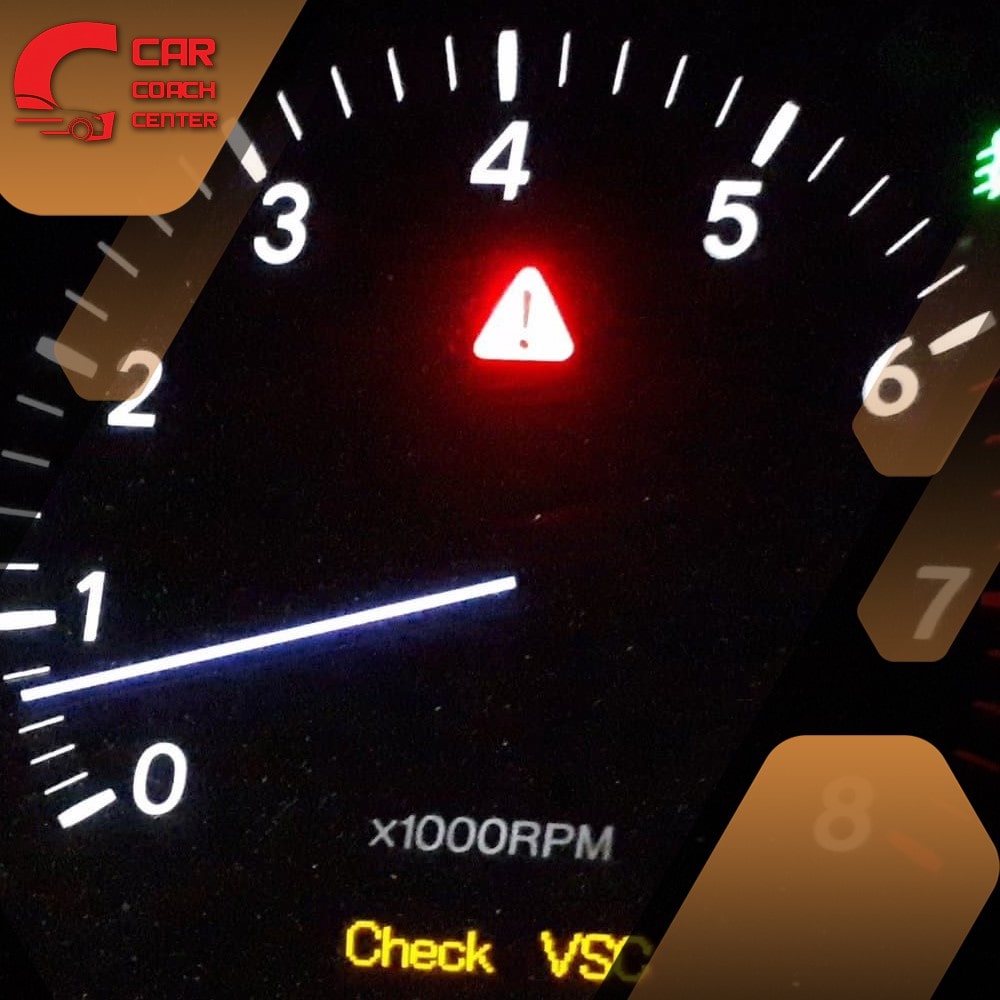Exclamation Point In Car
- Importance of Warning Lights in Cars
Warning lights in cars play a critical role in alerting drivers about potential issues or malfunctions. They serve as an early warning system, allowing drivers to take appropriate action and prevent further damage to their vehicles.
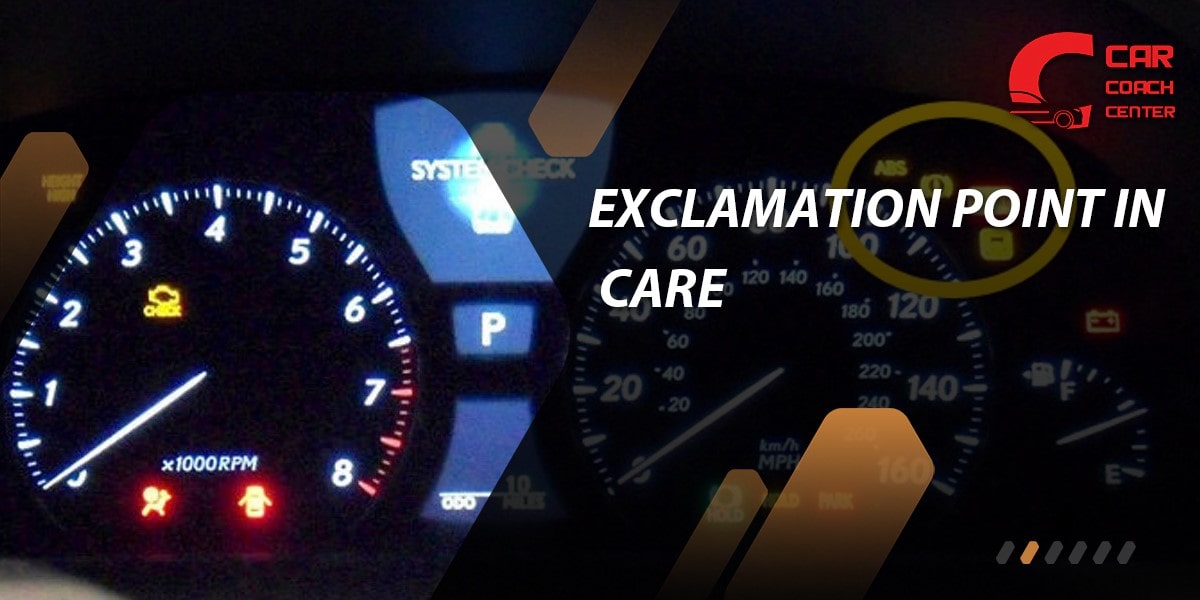
- Overview of Exclamation Point Warning Lights
Exclamation point warning lights are among the most commonly encountered symbols in cars. These lights appear on the dashboard in the form of an exclamation point inside a circle and can indicate various issues related to vehicle safety, engine performance, or system malfunctions.
- Common Causes of Exclamation Point Warning Lights
Exclamation point warning lights can be triggered by a wide range of issues. Some common causes include:
– Low tire pressure
– Brake system malfunctions
– Engine problems
– Battery issues
– Transmission faults
– ABS (Anti-lock Braking System) failures
– Electronic stability control (ESC) errors
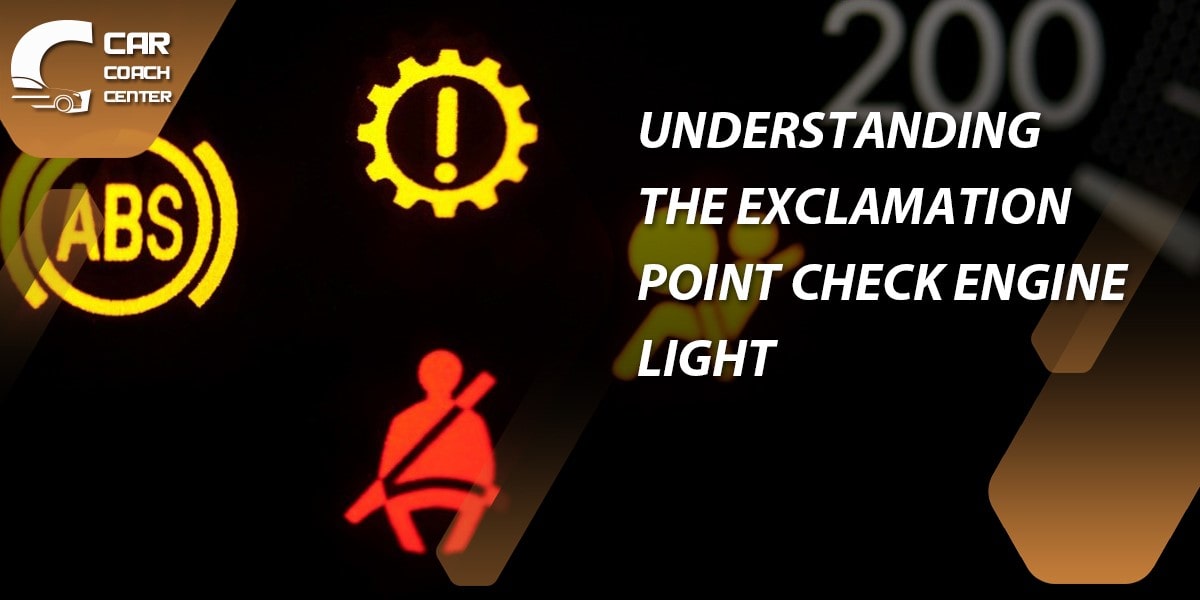
Understanding the Exclamation Point Check Engine Light
- Basics of Check Engine Light Functionality
The check engine light is one of the most important warning lights in a car. It indicates potential issues with the engine or associated systems. When this light illuminates, it’s crucial to address the problem promptly to prevent further damage and ensure optimal vehicle performance.
- Differentiating Between Check Engine Light Types
The check engine light can appear in various forms, including a simple exclamation point or an exclamation point within a triangle. Understanding the different types of check engine lights can provide valuable insights into the severity of the issue and the required actions.
- Diagnostic Trouble Codes (DTCs) and Error Interpretation
To determine the specific cause of the check engine light, diagnostic trouble codes (DTCs) play a crucial role. These codes can be retrieved using diagnostic scanners, which provide information about the specific component or system malfunction.
. Introduction to OBD-II (On-Board Diagnostics) System
The OBD-II system is a standardized diagnostic system present in most vehicles manufactured from the mid-990s onwards. It monitors various vehicle components and generates DTCs when abnormalities are detected.
- Interpreting DTCs Using Diagnostic Scanners
Diagnostic scanners are essential tools for retrieving and interpreting DTCs. These scanners connect to the vehicle’s OBD-II port and provide detailed information about the specific error codes, allowing for more accurate diagnosis and repair.
- Common DTCs Related to the Exclamation Point Check Engine Light
Several common DTCs can trigger the exclamation point check engine light. Some examples include:
– P0300: Random/Multiple Cylinder Misfire Detected
– P0420: Catalyst System Efficiency Below Threshold
– P07: System Too Lean (Bank )
– P0442: Evaporative Emission Control System Leak Detected (Small Leak)
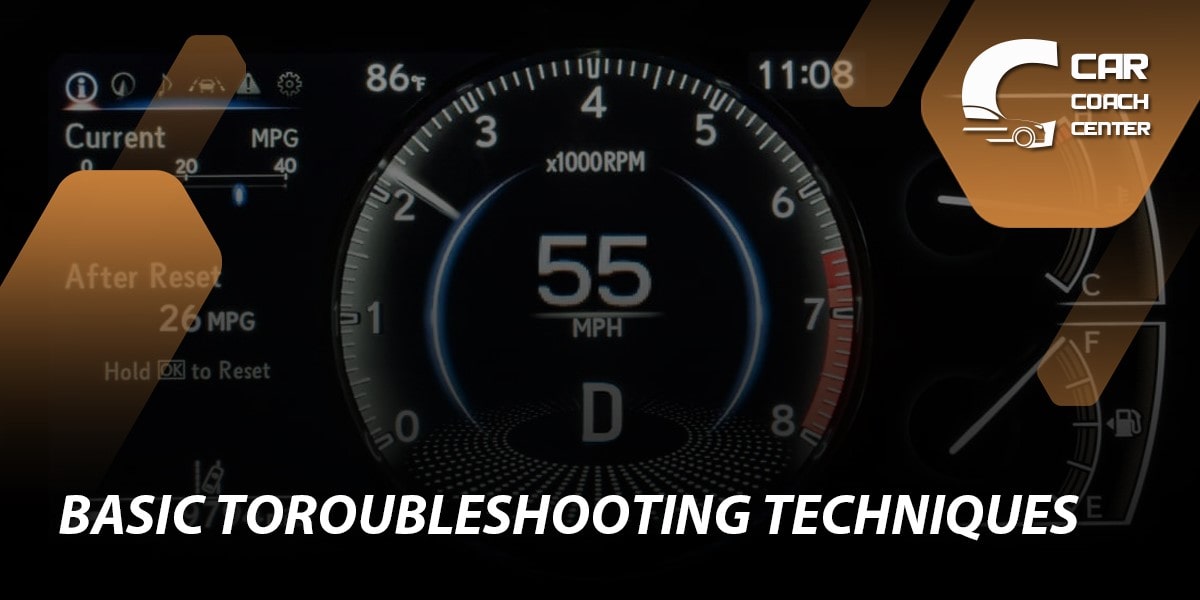
Basic Troubleshooting Techniques for the Exclamation Point Check Engine Light
When faced with the exclamation point check engine light, there are some basic troubleshooting techniques you can try before seeking professional assistance. These steps can help identify and address common issues associated with the check engine light. Remember to follow safety precautions and consult your vehicle’s manual for specific instructions.
- Self-Diagnosis and Initial Checks
. Inspect Fuel Cap: A loose or damaged fuel cap can trigger the check engine light. Ensure the cap is tightly secured and in good condition.
. Check Battery Connections: Poor battery connections can cause electrical issues, leading to the check engine light. Examine the battery terminals for corrosion or loose connections.
. Verify Fluid Levels: Insufficient engine oil or coolant levels can affect engine performance. Check these levels and top up if necessary.
. Inspect Wiring and Connections: Loose or damaged wiring can result in sensor malfunctions. Visually inspect the wiring harnesses and connectors for any signs of wear or disconnection.
- Addressing Common Issues and Maintenance Tasks
. Replace Air Filter: A clogged or dirty air filter can impact engine performance. Replace it regularly according to the manufacturer’s recommendations.
. Inspect and Replace Spark Plugs: Worn-out or faulty spark plugs can cause misfires and trigger the check engine light. Inspect and replace them as needed.
. Clean Mass Airflow Sensor (MAF): The MAF sensor measures the incoming air mass and helps determine the fuel-to-air mixture. Clean it with MAF sensor cleaner to maintain accurate readings.
. Check Oxygen (O2) Sensors: Faulty O2 sensors can lead to decreased fuel efficiency and increased emissions. Replace them if necessary.
. Perform Throttle Body Cleaning: A dirty throttle body can affect engine performance. Use throttle body cleaner to remove carbon deposits and maintain smooth operation.
. Address Emission Control System Issues: Faulty components in the emission control system can trigger the check engine light. Diagnose and repair or replace affected parts as needed.
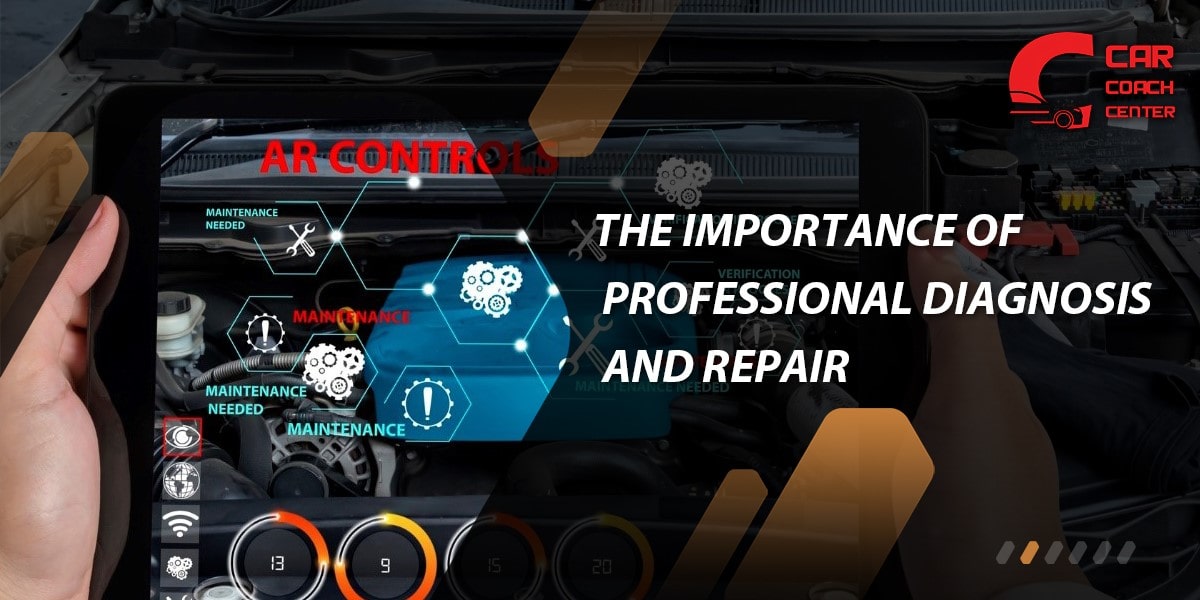
The Importance of Professional Diagnosis and Repair
While basic troubleshooting techniques can be helpful for addressing minor check engine light issues, it’s crucial to understand the significance of professional diagnosis and repair when dealing with more complex problems. Here are several reasons why seeking professional assistance is essential:
- Advanced Diagnostics and Equipment
. Specialized Tools: Automotive professionals have access to advanced diagnostic tools and equipment specifically designed for accurate and comprehensive vehicle diagnosis.
. Expertise and Experience: Professionals possess in-depth knowledge and experience in dealing with various makes and models, allowing them to efficiently identify and resolve complex check engine light problems.
- Warranty Considerations
. Manufacturer Guidelines: Professionals are well-versed in manufacturer guidelines and warranty requirements, ensuring that repairs are performed in accordance with the vehicle’s warranty terms.
. Preserving Warranty Coverage: Seeking professional assistance helps maintain your warranty coverage by ensuring that repairs are carried out by qualified technicians using genuine parts.
- Access to Manufacturer Resources
. Technical Support: Automotive professionals have access to manufacturer resources, including technical support and service bulletins, which provide valuable insights into specific check engine light issues.
. Software Updates: Manufacturers release software updates to address known issues and improve vehicle performance. Professionals can update your vehicle’s software during repairs to ensure optimal functionality.
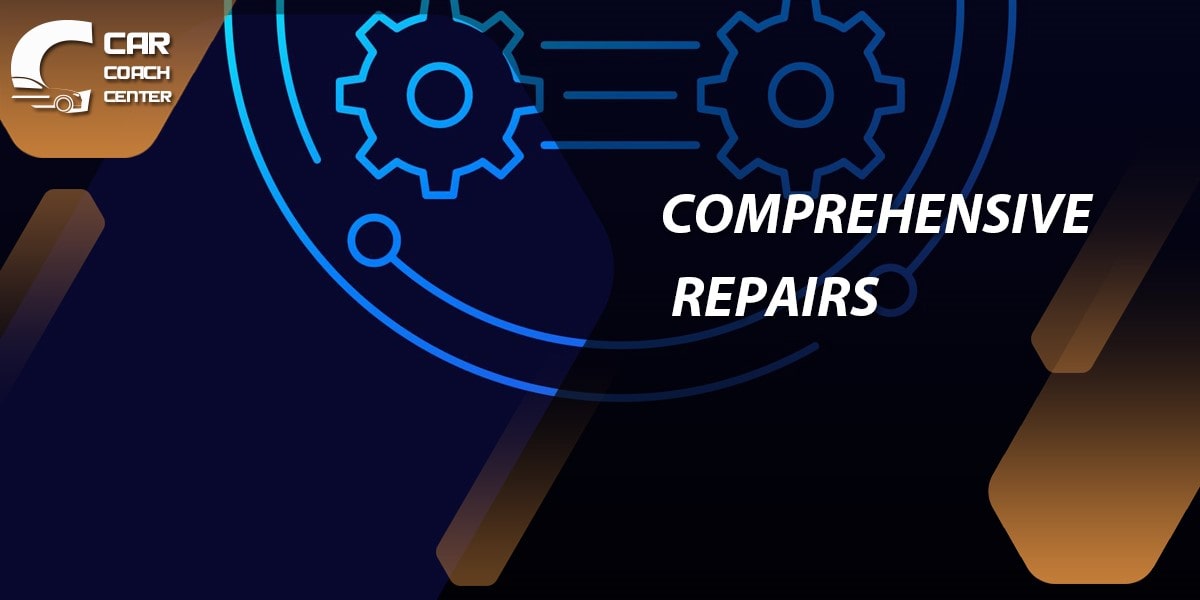
- Comprehensive Repairs and Long-Term Solutions
. Accurate Diagnosis: Professionals utilize their expertise and advanced diagnostics to pinpoint the root cause of the check engine light, leading to more precise repairs and long-term solutions.
. Quality Parts: Automotive professionals use high-quality OEM (Original Equipment Manufacturer) or reputable aftermarket parts, ensuring reliable repairs and minimizing the risk of recurring issues.
- Safety and Peace of Mind
. Safe and Reliable Repairs: Professional repairs prioritize safety, ensuring that your vehicle operates at its best and reducing the risk of accidents or further damage.
. Peace of Mind: By entrusting your check engine light problems to professionals, you can have peace of mind knowing that your vehicle is in capable hands, and any underlying issues are being addressed effectively.
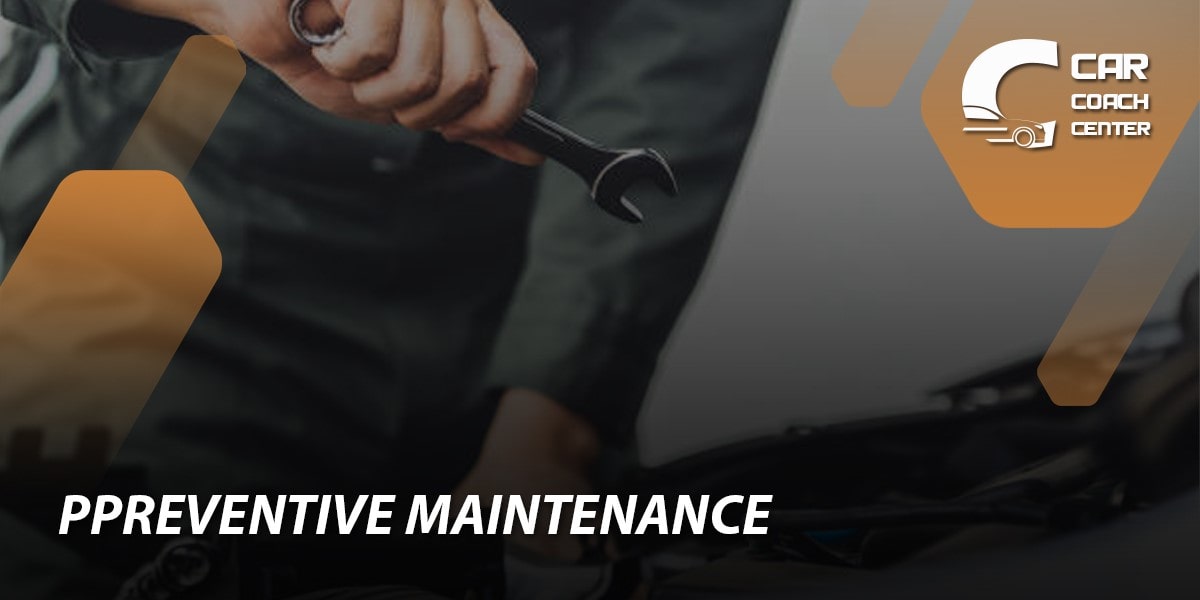
Preventive Maintenance and Proactive Strategies
To minimize the occurrence of check engine light issues and ensure the overall health of your vehicle, implementing preventive maintenance measures and adopting proactive strategies is essential. Here are some key practices to consider:
- Regular Maintenance Schedule
. Follow Manufacturer Guidelines: Adhere to the manufacturer’s recommended maintenance schedule outlined in your vehicle’s manual. This includes routine inspections, fluid changes, filter replacements, and other scheduled services.
. Oil Changes: Regularly change the engine oil and replace the oil filter as recommended. Clean oil helps protect the engine and promotes optimal performance.
. Scheduled Inspections: Conduct periodic inspections of critical components such as belts, hoses, brakes, and suspension to detect and address potential issues before they escalate.
- Fluid Checks and Top-ups
. Engine Coolant: Monitor coolant levels and top up as necessary. Maintaining proper coolant levels helps prevent engine overheating and potential damage.
. Brake Fluid: Regularly check the brake fluid level and ensure it is within the recommended range. Low brake fluid can affect braking performance and trigger the check engine light.
. Transmission Fluid: Follow the manufacturer’s guidelines for checking and replacing transmission fluid. Clean and adequate transmission fluid enhances smooth gear shifting and prolongs transmission life.
- Quality Fuel and Fuel System Maintenance
. Fuel Quality: Use high-quality fuel from reputable sources to prevent fuel-related issues. Poor-quality fuel can lead to engine problems and trigger the check engine light.
. Fuel System Cleaner: Periodically use a fuel system cleaner to remove deposits and maintain optimal fuel system performance.

- Battery Maintenance
. Battery Health: Regularly inspect the battery for signs of corrosion, loose connections, or damage. Clean the terminals and ensure a secure connection.
. Battery Testing: Test the battery periodically to ensure it is holding a proper charge. Weak batteries can cause electrical issues and trigger the check engine light.
- Proactive Driving Habits
. Smooth Acceleration and Braking: Avoid aggressive acceleration and sudden braking, as these driving habits can put stress on the engine, transmission, and braking system.
. Avoid Overloading: Do not exceed the vehicle’s maximum load capacity, as it can strain the suspension, brakes, and other components.
. Drive in the Recommended RPM Range: Operating the engine within the recommended RPM range promotes fuel efficiency and reduces strain on the engine.

Conclusion
understanding and addressing check engine light issues is essential for maintaining the performance and reliability of your vehicle. By following basic troubleshooting techniques, seeking professional diagnosis and repair when necessary, and implementing preventive maintenance practices, you can effectively address check engine light problems and minimize their occurrence.
Taking proactive measures and staying proactive with regular maintenance will not only help you avoid costly repairs but also ensure your safety on the road. Remember to consult your vehicle’s manual and rely on trusted automotive professionals for accurate diagnosis and reliable repairs. By staying informed and proactive, you can keep your vehicle in optimal condition and enjoy a smoother driving experience.
CarCoachCenter.com is your trusted source for automotive guidance and information. Visit our website for valuable resources and expert assistance in maintaining and troubleshooting your vehicle.
How can I address a check engine light issue on my own?
Perform basic troubleshooting techniques, such as checking the fuel cap, inspecting connections, and verifying fluid levels.
Why is professional diagnosis important for check engine light problems?
Professionals have advanced tools, expertise, and access to manufacturer resources for accurate diagnosis and comprehensive repairs.
What can I do to prevent check engine light issues?
Follow a regular maintenance schedule, use quality fuel, maintain fluid levels, and adopt proactive driving habits.

